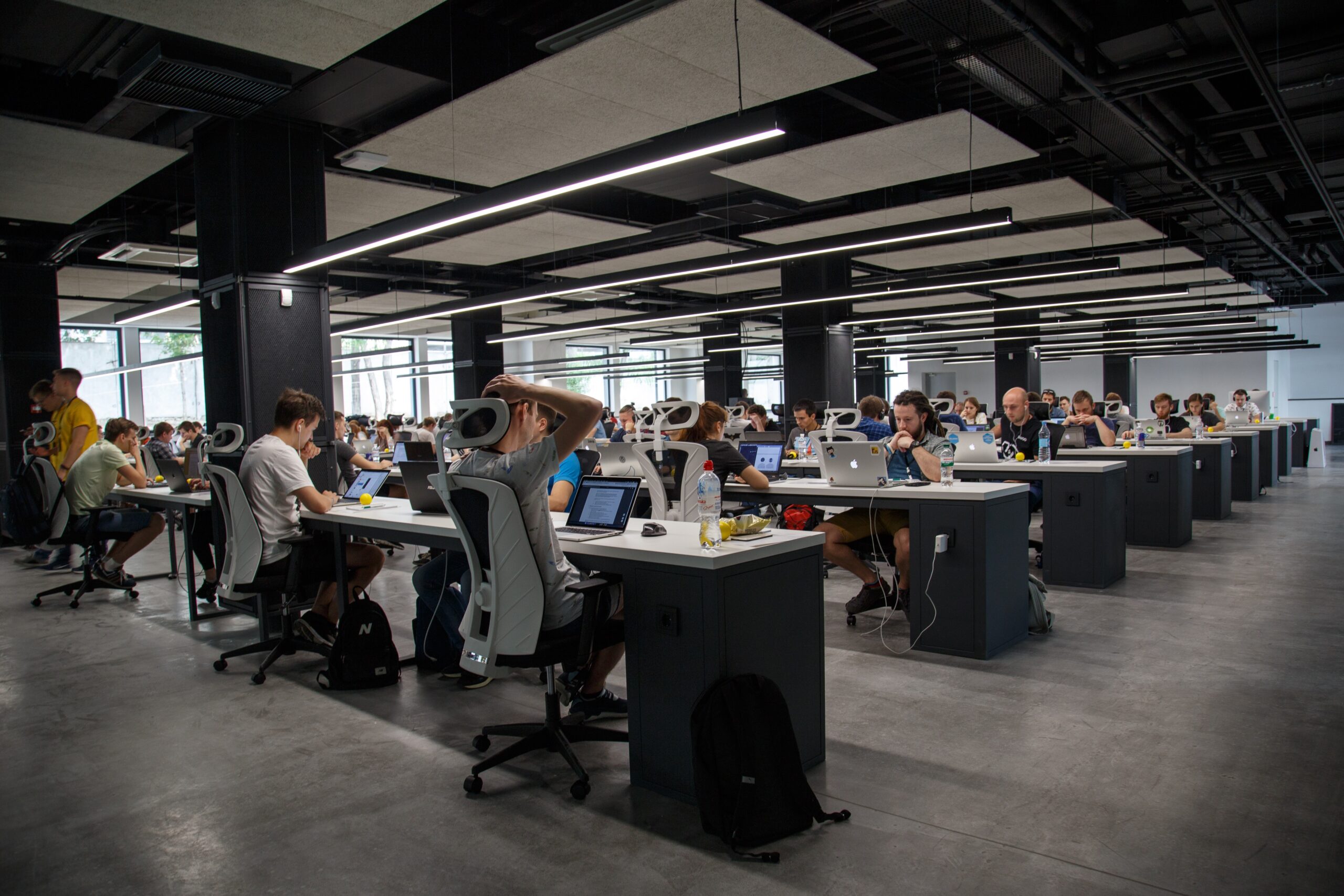Space management is crucial for organizations across various industries. To optimize workspace utilization, businesses are increasingly turning to space management software solutions. This post explores the significance of space management software, highlights its key features and benefits, and provides examples of popular software in the market.
1. THE IMPORTANCE OF SPACE MANAGEMENT:
Effective space management is essential for businesses for several reasons:
a. Optimal Resource Utilization: With limited real estate and rising costs, organizations must maximize their use of office space, meeting rooms, and shared facilities. Efficient space management ensures that every square foot is utilized to its fullest potential, minimizing wastage and improving productivity.
b. Enhanced Collaboration: Well-organized and easily accessible spaces foster collaboration and teamwork among employees. Effective space management enables businesses to create environments that encourage interaction, idea-sharing, and innovation.
c. Improved Cost Efficiency: By optimizing space utilization, businesses can potentially downsize their real estate footprint, leading to cost savings in terms of rent, maintenance, and utilities.
2. What is Space Management Software?
Space management software is a technological solution that enables organizations to manage their physical spaces effectively. It provides a centralized platform for planning, allocating, and tracking spaces, as well as analyzing utilization data. This software offers features such as floor plan visualization, resource booking, occupancy tracking, and reporting.
3. Floor Plan Visualization:
Space management software typically includes floor plan visualization tools that allow businesses to create digital representations of their physical spaces. These visualizations provide a bird’s-eye view of the premises, allowing users to allocate spaces, define zones, and identify available areas for specific purposes. Examples of space management software with floor plan visualization capabilities include Archibus, OfficeSpace Software, and FM: Systems.
4. Resource Booking and Scheduling:
One of the key features of space management software is the ability to book and schedule resources. Users can easily reserve meeting rooms, desks, equipment, or other facilities through the software’s intuitive interface. This streamlines the booking process, eliminates conflicts, and ensures efficient utilization of available spaces. Popular space management software solutions with resource booking and scheduling features include Robin, Condeco, and Teem.
5. Occupancy Tracking and Analytics:
Space management software enables organizations to track the occupancy of their spaces in real-time. Utilizing sensors, beacons, or integration with access control systems, the software captures data on space usage, including occupancy rates, peak hours, and popular areas. This valuable information helps businesses make informed decisions about space allocation and identify underutilized or overutilized areas. Examples of space management software with occupancy tracking and analytics capabilities include Density, VergeSense, and Spacewell.
6. Space Utilization Reports:
Space management software generates comprehensive reports and analytics based on the collected occupancy data. These reports offer insights into space utilization trends, patterns, and potential bottlenecks. By analyzing this data, organizations can optimize their space allocation strategies, identify areas for improvement, and plan for future growth. SpaceIQ, Serraview, and iOFFICE are examples of space management software solutions that provide detailed space utilization reports.
7. Integration and Scalability:
Leading space management software solutions offer seamless integration with other workplace management systems, such as facility management, access control, or employee scheduling. This integration streamlines operations, reduces manual data entry, and provides a holistic view of workspace management. Additionally, scalable software solutions can accommodate the evolving needs of growing organizations, allowing for the management of multiple locations or large workspace portfolios.
Space management software plays a vital role in helping organizations optimize their workspace utilization and streamline operations. By leveraging features such as floor plan visualization, resource booking and scheduling, occupancy tracking and analytics, and space utilization reports, businesses can make informed decisions about space allocation, leading to increased productivity, cost savings, and enhanced collaboration among employees.
With a wide range of space management software solutions available in the market, organizations have the opportunity to choose the software that best fits their specific needs and requirements. As the demand for flexible and optimized workspaces continues to rise, investing in space management software becomes increasingly important. By harnessing the power of these technological solutions, organizations can maximize their space utilization, improve the employee experience, and drive overall operational efficiency. With the right tools and data-driven insights, businesses can unlock the full potential of their spaces and set themselves up for success in the ever-evolving world of work.













